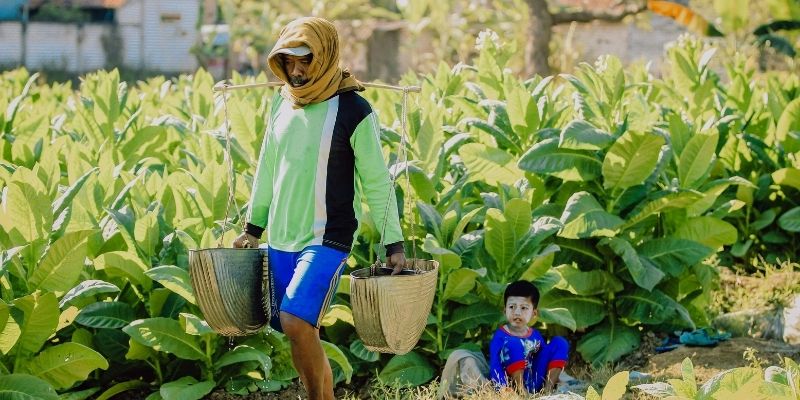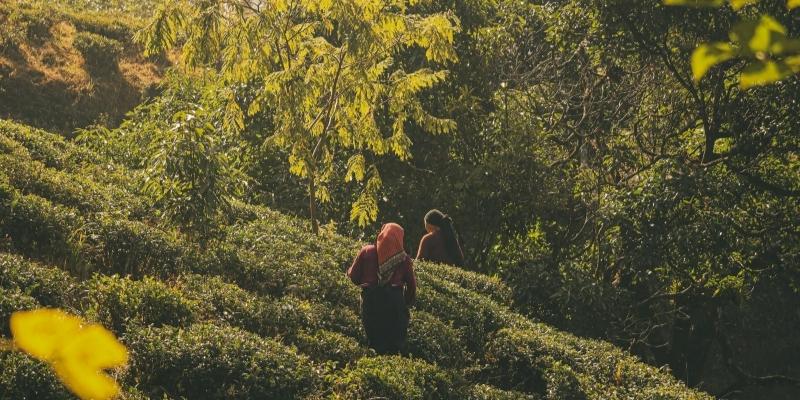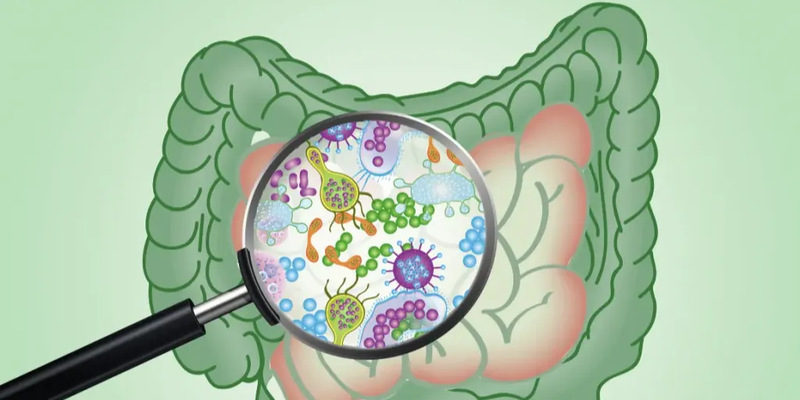Benefits of Plantation for a Cleaner and Greener Planet
Plants serve as a fundamental requirement to achieve ecological stability. Plants devote their function to capturing carbon dioxide and then emitting oxygen for human existence. The atmosphere benefits from green vegetation and trees because these components clean air pollutants, improve urban air quality, and make cities healthier for residents. Places that maintain abundant green spaces experience lower heat levels, noise pollution, and cleaner air, so they function as environmentally sustainable locations.

Plantation establishment delivers additional advantages for mental health beyond environmental advantages. Various research has proven that exposure to natural environments leads to decreased stress levels, together with reduced anxiety and depression symptoms. Developing spaces with green areas enables physical exercises while producing relaxing surroundings that raise wellness levels and enhance life satisfaction. Residential tree presence positively affects local crime risk by promoting community well-being through green settings.
Plant Importance for Life and Climate Stability
The very existence of plants is for more than aesthetics; they are quintessential to life on Earth. Forests are natural carbon sinks; they thus absorb substantial amounts of CO2, reducing climate change impact, whereas, without plants, the extreme temperature variations on Earth will compromise the future of almost every living organism. Deforestation leaves habitats devoid of natural flora, increases the risk of natural disasters such as flash floods and droughts, and enhances global warming.
Plants maintain soil health. Their roots prevent soil erosion and help improve its fertility, which goes a long way toward ensuring that agricultural production is feasible. Desertification can occur without sufficient vegetation, soon rendering vast expanses uninhabitable. Protecting and extending green cover is crucial for long-term food security and sustainability.
The Link Between an Eco-Friendly Lifestyle and Plantation
Living an outdoorsy life means making choices that have the least impact on the environment. Planting trees around your neighbourhood, building a garden at home, and sponsoring reforestation projects are all ways to help the planet maintain a healthy balance. Urban green roofs and vertical gardens are attractive in the surrounding environment and help with internal temperature regulation, thus resulting in energy savings in heating and cooling.
Opting for sustainable products would also help tilt the scale towards plant-friendly alternatives. Using products sourced from recyclables or well-managed forests certainly protects these living communities. Plant-based foods trump animal products to such an extent that they make a massive difference in a person's carbon footprint, given the lower resource needs of plant farming versus animal. Remember, every little effort counts. It all adds up to noticeable changes in the protection of natural ecosystems and the maintenance of biodiversity.
How Trees Improve Air and Water Quality
This must be one of the most suitable reasons to plant trees. Trees are natural air filters. They filter airborne dust, smoke, and harmful toxins. Tree canopies in urban settings filter delicate airborne particulate matter linked to respiratory diseases. Settlements where vegetation thrives have more transparent, cleaner air and fewer incidents of asthma and other lung diseases.
Plantations are essential for water conservation in this regard. Plant root systems absorb and filter rain, replenishing groundwater. Similarly, plants help prevent silting, flooding, and soil erosion. Wetlands and mangroves play an essential role in purifying water by trapping toxins and heavy metals to avoid the contamination of rivers and the ocean.
The Economic Benefits of a Green Environment
Environmental green initiatives lead to economic rewards besides their benefits for human health and climate protection. The presence of numerous green spaces in urban areas stimulates tourist activity, raises property values, and establishes notable employment opportunities in horticulture, environmental jobs, and landscape maintenance. Tree-lined areas drive more business customers because shoppers prefer the attractive experience provided by natural surroundings.
Implementing green infrastructure produces financial savings by decreasing the need for long-term climate adaptation measures. The implementation of trees reduces summertime cooling expenses because they both shelter areas from direct sunlight and control outdoor temperatures. Resorts and businesses based in forest environments drive economic growth by creating a balanced relationship between timber extractives and medical and tourist industries.
The Role of Individuals in Creating a Plant-Friendly Planet
Each person has a duty to make the world a friendlier place for plants. Simple yearly efforts such as planting one tree, gardening vegetables at home, and committing to environmental programs greatly affect conservation. Educating children on the importance of plant life for sustainability produces children with a protective instinct towards nature.
Governments and corporate institutions should also establish rules governing the protection of plant habitats; they should fight against forest destruction and the institution of ecological land practices. In addition to the existing green areas like parks, integrated trees, and green top roof features, better living zones should be accommodated by urban areas' design. Paper waste reduction, which also involves moving into eco-friendly practices within companies, aids in preserving the plant.

A Sustainable Future Starts with Green Choices
Building a sustainable future requires all selected decisions right now. Protecting the planet requires people to follow plant-based diets, support reforestation programs, and reduce their use of deforestation-linked products. Sustainable living requires consistent small actions rather than immediate drastic decisions for a healthier natural environment.
Individuals who know the advantages of plantation and understand plant importance for biological survival will implement valuable measures that lead to environmental health. The shift toward cleaner living becomes possible through selecting earth-friendly lifestyle decisions and properly valuing plant capabilities. Establishing each tree and protecting green areas yields a sustainable world that remains cleaner and healthier for the future.
Conclusion:
Living a plant-friendly lifestyle is a great way to help the planet. When we appreciate the perks of planting and go for eco-friendly choices, we’re making a positive impact on cleaner air, better biodiversity, and a sustainable future. Every little bit count, and together, we can build a greener, more livable world for the generations to come.











